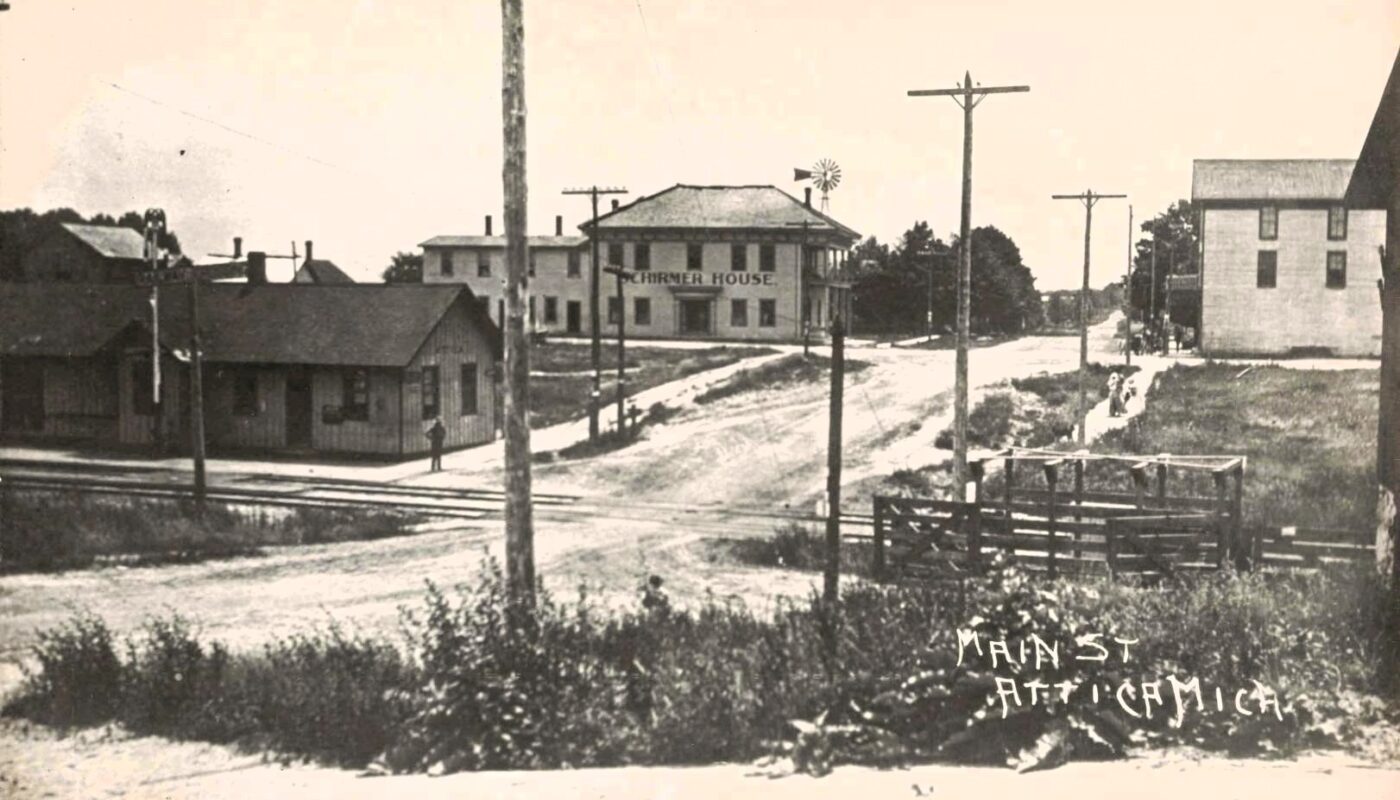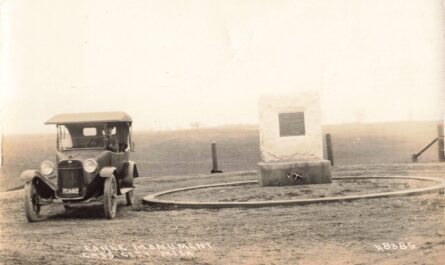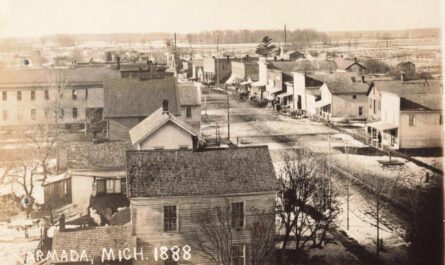Attica Michigan history begins in Lapeer County, where sawdust once filled the air and trains roared through quiet hills. Attica, Michigan, carved out its place. A sawmill sparked the town’s birth in 1851. The railroad followed, then the depot, and soon the Schirmer House stood ready for travelers.
A Mill Town’s Beginning
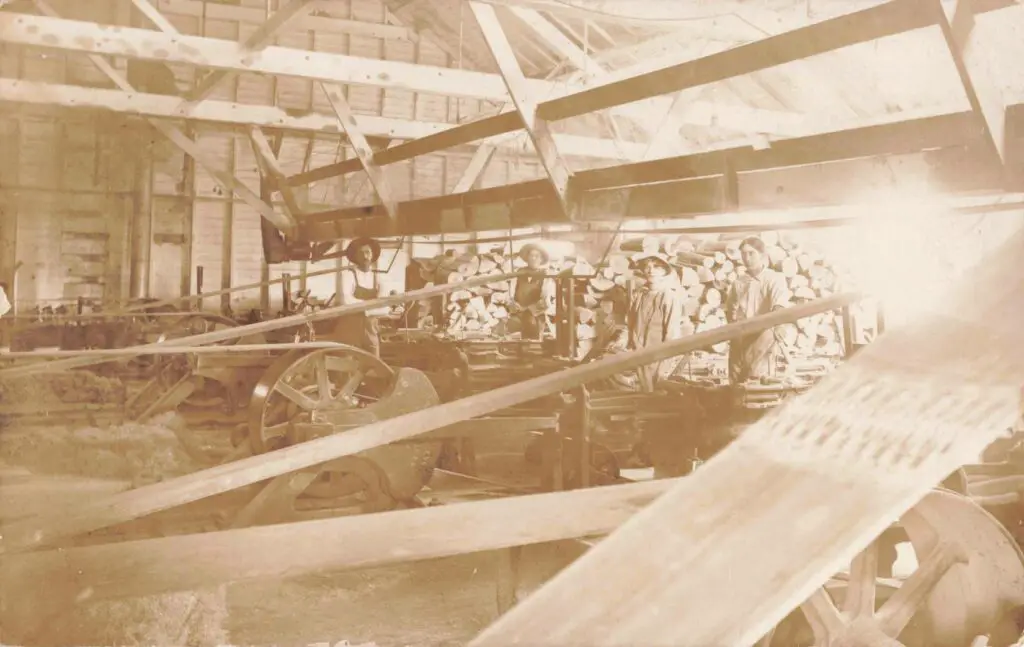
Attica, Michigan, sits in the center of Lapeer County, not far from the bustle of Flint and Port Huron. In the 1850s, it started as a sawmill community when William Williams arrived from New York. His mill near Elk Lake provided the anchor. The settlement was first called Mill Station, then Elk Lake, and finally took the name Attica by 1871.
Video – Attica Michigan History Includes a Train Wreck, a Resort, and Barefoot Kids
Attica, Michigan may look quiet today, but these rare historical photos from 1890 to 1940 tell a richer story. From the Grand Trunk Railroad depot and the Schirmer House hotel to logging disasters and lakeside retreats, this Michigan Moments episode walks through the real past of this Lapeer County town.
See the schoolchildren of 1908. Watch as a wrecked timber train gets cleared by hand. Picture the families relaxing at Cedar Park on Lake Pleasant. These are moments worth remembering.
Railroads and the Schirmer House
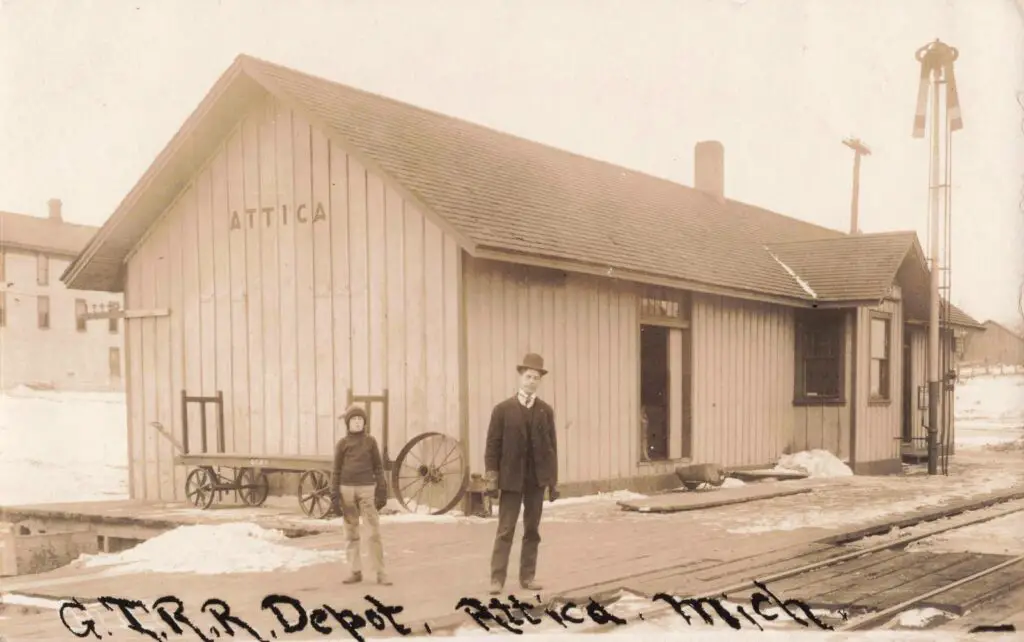
With the arrival of the Grand Trunk Railroad, Attica began to grow. The wooden depot, as seen in old photos, bustled with passengers and freight.

Nearby stood the Schirmer House—an inn with a two-story porch and a windmill. It served visitors, traveling salesmen, and rail workers stopping through the Thumb.
The Logging Boom—and the Risks

Logging fueled Attica’s economy. A striking photo shows a wrecked rail car loaded with timber on the spur to Jenness Mill near Elk Lake. The derailment halted business and left men scrambling to clear the wreck. It was dangerous work, but necessary.
Daily Life in the Village

The heart of the town remained modest. Wooden sidewalks, dirt roads, and utility poles lined Main Street. Main Street was modest. Churches anchored the community, and schools filled with barefoot kids whose lives would orbit farms and timber mill.
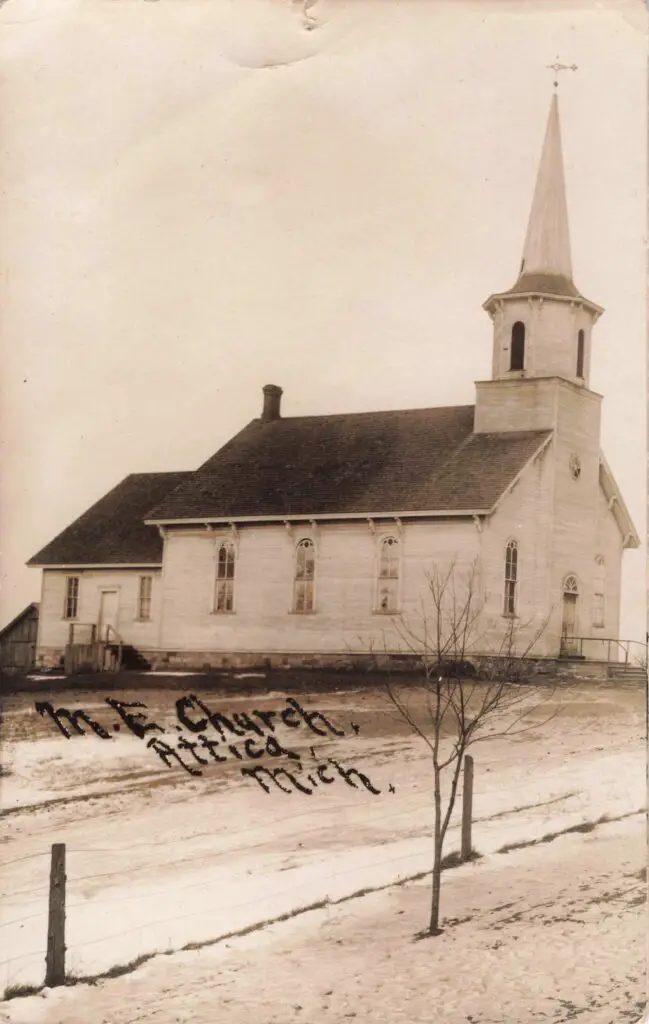
The Methodist Episcopal Church served as a social hub, visible by its tall steeple and large windows. Inside, families gathered each Sunday.
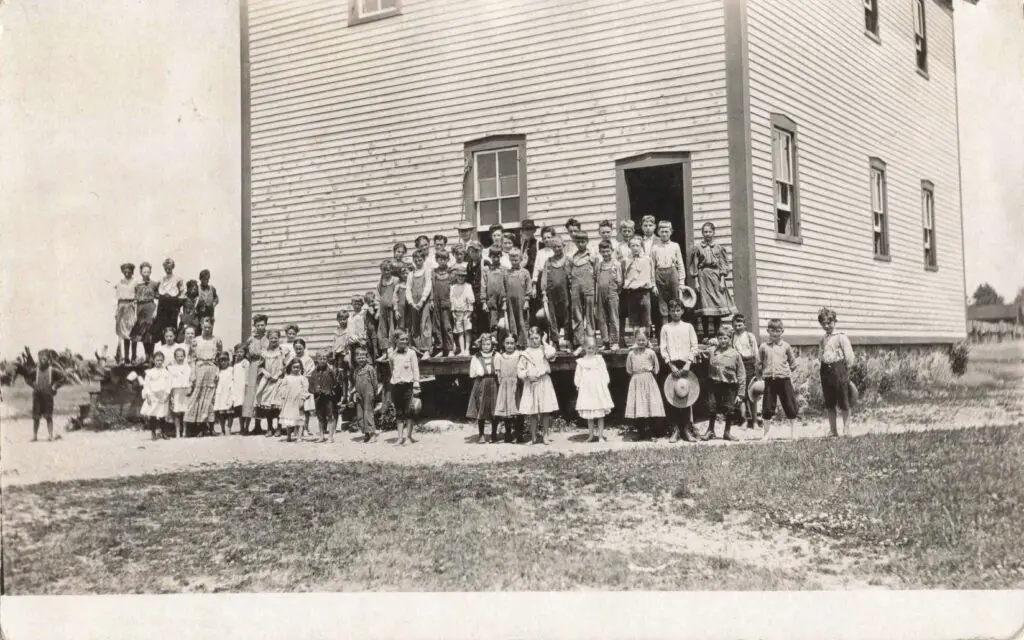
Just down the road, a photo from 1908 captures dozens of children gathered at the local school. Many are barefoot. Their expressions are serious. Education was valued, even in a town built around mills and farms.
Lake Pleasant’s Cedar Park
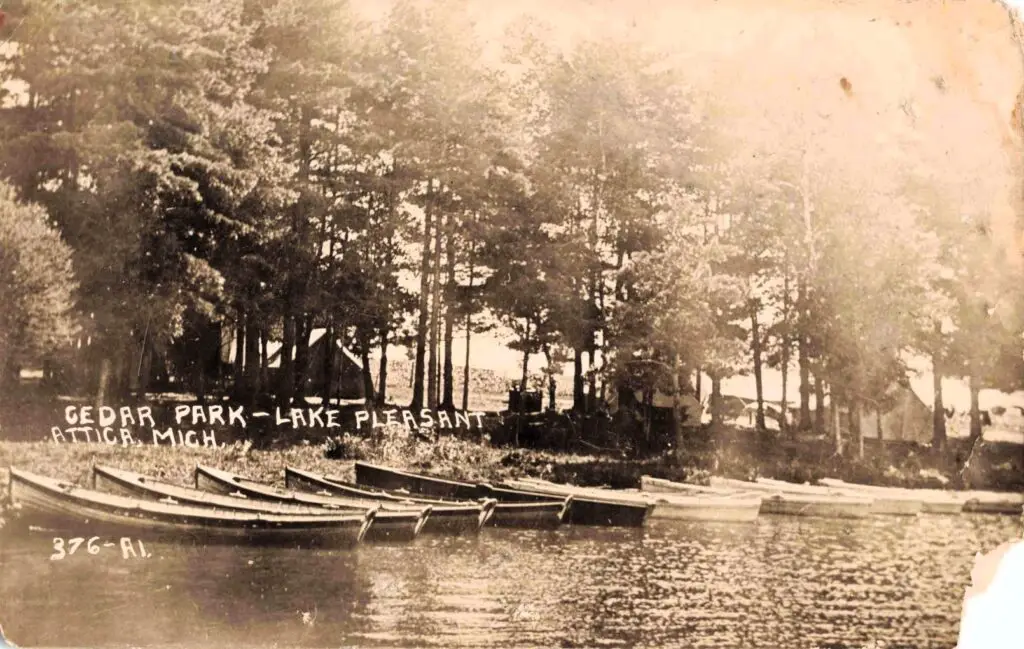
Attica was also a place for rest. Cedar Park, located on Lake Pleasant, drew locals and city dwellers alike. They arrived by train or wagon, pitched canvas tents, and spent the weekend rowing boats and cooking over open fires. One photo shows sleek skiffs lined up along the shore. Another shows two men in a sailboat, the wind pulling them toward open water.
A Small Town’s Footprint
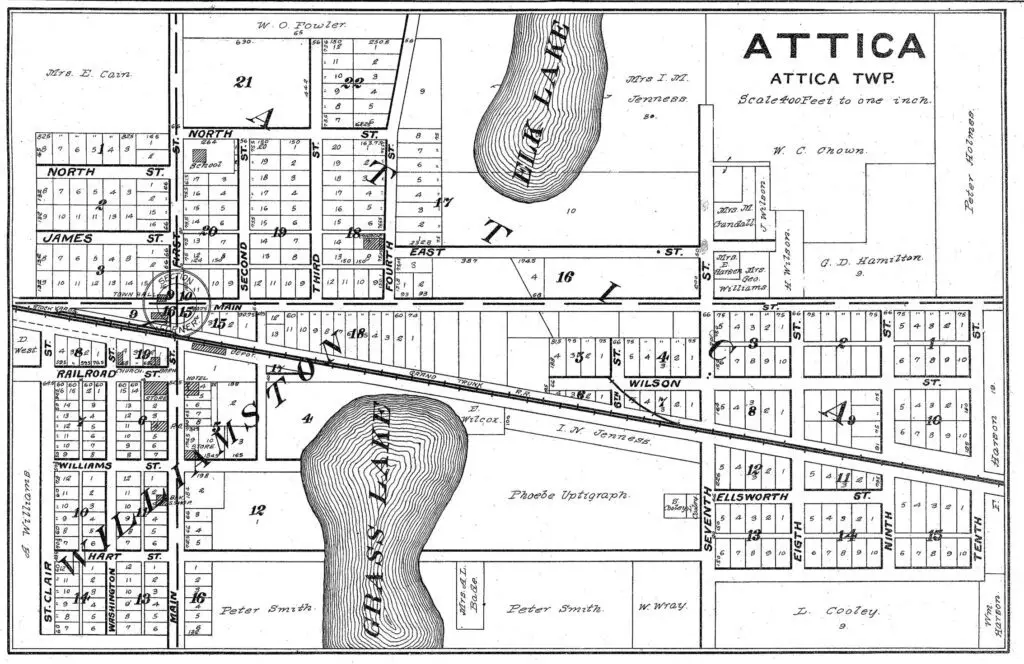
The 1906 plat map shows a village built with hope. Streets named James, Railroad, and Wilson divide lots meant for homes and businesses. While Attica never boomed, it didn’t disappear either. The quiet rhythm of railroads, churches, schools, and seasonal lake visitors gave the town a kind of permanence.
Attica Michigan history lives on in photos like these. They show a town of working families, cautious optimism, and steady purpose. It’s a reminder of how even the smallest places leave a big mark.

